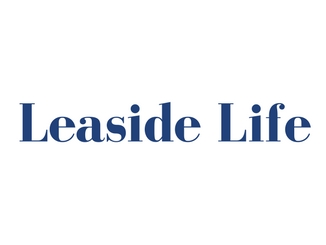
Canada’s first airmail flight
The noise complaints resulting from recent changes to aircraft flight paths for Pearson International Airport have reminded me that one of Canada’s first airfields was located right here in Leaside.
Edith Davies, a Leasider who grew up in Scarborough, wrote to me to say that when she was a little girl “every time an aeroplane passed over my mother would inform us that it was from Leaside Airport. I remember a balloon falling to the ground, maybe 1918. The balloon was from the Leaside Airport, presumably. There were many corks around it which the children gathered as souvenirs. My mother said that was so it wouldn’t sink if it fell into the lake.”
Leaside was one of five aerodromes constructed by the Royal Flying Corp Canada in 1917 during World War I. The Leaside air base comprised 222 acres east of Laird.
Its nine hangers, which were constructed in a mere seven weeks, were paid for entirely by the British government. It was home base for three squadrons of 18 aircraft each. The east-west runway was 2,640 feet long while the north-south runway was 1,800 feet long.
There was no Leaside bridge at the time, so to supply the airfield a concrete road, called Government Rd., was constructed to carry supply trucks from Yonge St. to the airfield. Today we know Government Rd. as Merton, McRae and Wicksteed.
Government Rd. served another purpose as well. Before it was constructed most of the Canada Wire and Cable employees had to travel to work from Toronto by train. After it was built they could ride to work along Government Rd. on Leaside’s first bus line. Besides paying for the airfield, the Brits purchased and paid for the aircraft as well. They were American built Curtiss JN-4s, called flying Jennies.
When the USA entered World War I later in 1917, both Canadian and American pilots were trained here. During the winter of 1917-18 skis were attached to the aircraft and thus Leaside pilots became the pioneers of winter weather flying.
Of course Leaside is also famous for the first official air mail flight in Canada when, on June 24, 1918, Captain Brian Peck flew a bag of mail from Montreal to Leaside after stopping to refuel in Kingston and Deseronto. Subsequently, Leaside became the terminal for airmail flights to Ottawa, Buffalo and Montreal.
When World War I ended Leaside became a civilian airport, federally licensed for a time to the Toronto Flying Club. As such it was the Canadian terminus for the New York-Toronto-New York air race of 1919.
Fred Bristow, whose father started the first Leaside bus line, told me that in the 1920s he watched stunt pilots walking on the wings of war surplus flying Jennies performing over the Leaside airfield as part of a barnstorming flying circus.
But just as development has recently overtaken the Downview airport, so it did with Leaside. Our airport closed in 1931, soon to become the Leaside industrial area.





